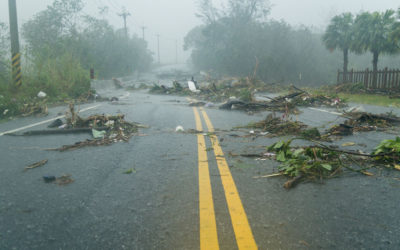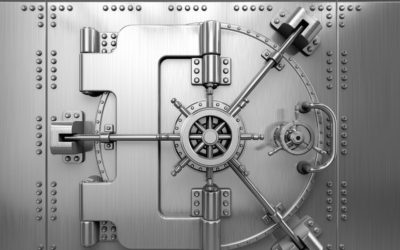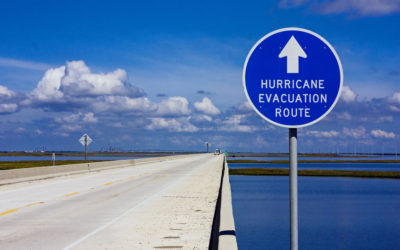Can you restore what you need to, right now?
Many companies have workloads in many places and in many forms. Split amongst virtual and physical, on-premises and cloud or multi-cloud, priority for these systems is keeping them running and available. Years ago, the “P2V conversion movement” dealt with transitioning aging physical servers into their new homes as virtual machines. This solved a number of problems, mostly hardware that was old, no longer supported, out of warranty, or simply “could not be turned off” for application reasons.
Fast forward many years, and the issue still lives. Industries, and customers, demand availability, no matter what the source. The question now becomes one of keeping things running no matter where they exist, specifically when you need to restore the system for some reason.
Can Veeam back up physical servers?
Veeam® Software, a leader in Cloud Data Management, and the pioneers of instant virtual machine recovery, provides the recovery solutions you need. Veeam started as a virtual-only solution but began offering agents for physical servers in 2017. Veeam has been able to restore any Veeam agent-based Windows into Hyper-V for a time now, but with Veeam Backup & Replication v10 released in February of this year, any Veeam-based backup of a workload can be restored as a VMware vSphere virtual machine. According to Veeam’s documentation, this includes:
- Backups of VMware vSphere virtual machines created with Veeam Backup & Replication
- Backups of vCloud Director virtual machines created with Veeam Backup & Replication
- Backups of Microsoft Hyper-V virtual machines created with Veeam Backup & Replication
- Backups of virtual and physical machines created with Veeam Agent for Microsoft Windows or Veeam Agent for Linux
- Backups of Nutanix AHV virtual machines created with Veeam Backup for Nutanix AHV
- Backups of Amazon EC2 instances created with Veeam Backup for AWS
- Backups of Microsoft Azure virtual machines created with Veeam Backup for Microsoft Azure
This solution utilizes Instant VM Recovery and a new instance of that system or workload can be up and running in a vSphere environment in minutes or even seconds, allowing you to P2V or even V2V systems easily and without additional hardware or cost, assuming you have a vSphere environment with sufficient resources available.
For Global Data Vault, this provides additional disaster recovery options and flexibility to benefit our customers.
More DRaaS & BaaS Articles
Loss of power during Hurricane Isaac
As Hurricane Isaac continues its slow march inland, the city of New Orleans is largely without power this afternoon. This image shows the widespread power outages in the city. It’s seems eerie that today is the seventh anniversary, if you should call it that, of...
How to build a disaster recovery site – part 3
Whether you are outsourcing your Disaster Recovery program or keeping it in house, the steps required to implement it are critical. In this series, we’ve drafted an outline of how to build a remote Disaster Recovery site for your IT. In our previous articles, Choosing...
Building a Disaster Recovery Site – part 2
What does it take to build a remote Disaster Recovery site for your IT? (Part 2 of 3) Whether you are outsourcing your Disaster Recovery program or keeping it in house, the steps required to implement it are critical. In this series, we’ve drafted an outline of how to...
Choosing Disaster Recovery Site Location
Disaster Recovery is one thing you hope you never need, but if you do, you’ll be very happy if you have right plan in place. Whether you are outsourcing your Disaster Recovery solution or keeping it in house, the steps required to implement it are somewhat complex,...




0 Comments